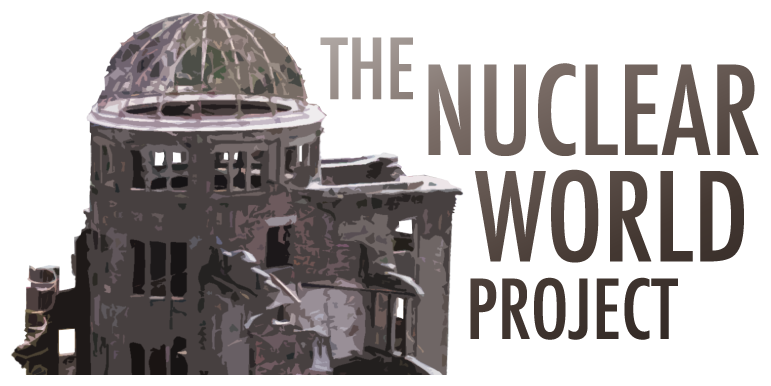
Sadako and The Thousand Cranes
SADAKO SASAKI MEMORIAL IN HIROSHIMA, SURROUNDED BY PAPER CRANES.
One of the most famous origami designs is the Japanese crane. The crane is auspicious in Japanese culture. Japan has launched a satellite named tsuru(crane). Legend says that anyone who folds one thousand paper cranes will have their heart’s desire come true. The origami crane (折鶴 orizuru in Japanese) has become a symbol of peace because of this legend, and because of a young Japanese girl named Sadako Sasaki. Sadako was exposed to the radiation of the atomic bombing of Hiroshima as an infant, and it took its inevitable toll on her health. She was then a hibakusha — an atom bomb survivor. By the time she was twelve in 1955, she was dying ofleukemia. Hearing the legend, she decided to fold one thousand origami cranes so that she could live. However, when she saw that the other children in her ward were dying, she realized that she would not survive and wished instead for world peace and an end to suffering.
A popular version of the tale is that Sadako folded 644 cranes before she died; her classmates then continued folding cranes in honor of their friend. She was buried with a wreath of 1,000 cranes to honor her dream. While her effort could not extend her life, it moved her friends to make a granite statue of Sadako in the Hiroshima Peace Park: a young girl standing with her hand outstretched, a paper crane flying from her fingertips. Every year the statue is adorned with thousands of wreaths of a thousand origami cranes. A group of one thousand paper cranes is called senbazuru in Japanese (千羽鶴).
The tale of Sadako has been dramatized in many books and movies. In one version, Sadako wrote a haiku that translates into English as:
I shall write peace upon your wings, and you shall fly around the world so that children will no longer have to die this way
HOW TO MAKE A PEACE CRANE
http://origami.org.uk/origamicrane.

